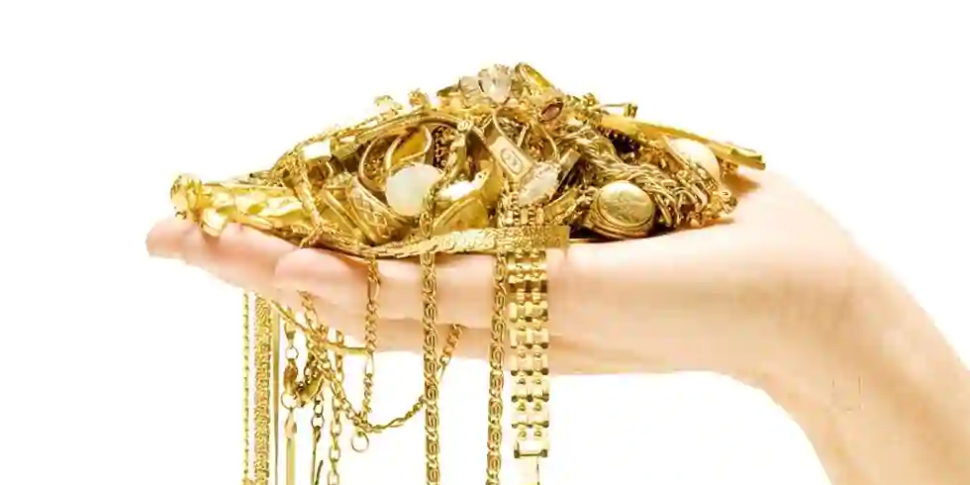People are drawn to shiny valuable things. And so, it wouldn’t be surprising why people value gold. We love to adore ourselves with this precious yet rare item. Apart from that, the value of gold also increases over time, making it an excellent investment.
Because of its high value, it has become a favorite subject of imitation. Worse is, counterfeiters are using advanced technology, making it very difficult for us to spot real from fake. If you do not want to put your investment into waste, you need to learn how to differentiate real gold from fake ones.
- Stamp Test
The simplest and easiest test you can use to determine if your gold is real or fake is by checking the stamp or markings usually found in the inner bands of the ring or clasps of necklace and bracelets. The stamp indicates the karat of your gold item. However, if you can’t find the karat or purity markings on your gold item, and find letters such as GF (gold filled), GP (gold plated), and GEP (gold electroplate), then this means that your jewelry isn’t pure.
- Magnet test
Another test that you can perform is the magnet test. Pure gold is not magnetic; meaning, it will not get attracted to a magnet. If you want to test your gold at home, get a strong magnet, and expose your gold to it. If your gold item gets attracted to the magnetic field present in the magnet, then it might have other metals in it like iron or nickel. Keep in mind, though, that gold is not the only metal that is non-magnetic. You may still get fake gold, perhaps a copper or aluminum coated with gold, and it will not stick to a magnet.
- Acid test
A nitric acid test on your gold item can be risky as you may damage your jewelry if it turns out to be fake gold. Pure gold will not get affected by nitric acid since gold is naturally susceptible to oxidation and corrosion. To do the test, make a small scratch on your gold item and add a small drop of trioxo nitrate acid on it. Real gold will show no reaction to the acid; however, if a green color appears on the jewelry, then most probably, your jewelry isn’t pure gold.
- Ceramic test
If you have a ceramic item at home, then you can use it to test if your jewelry is real gold or not. Just rub or drag your gold item on an unglazed ceramic; real gold should leave a gold streak on it. A black streak means your gold item is fake.
- Sound test
The sound test is also done by experts and professionals to determine how real the gold item is. Metals have different compositions; thus, producing different sound tones and frequencies when hit with another metal. Gold should make a long, high-pitched sound when struck.

